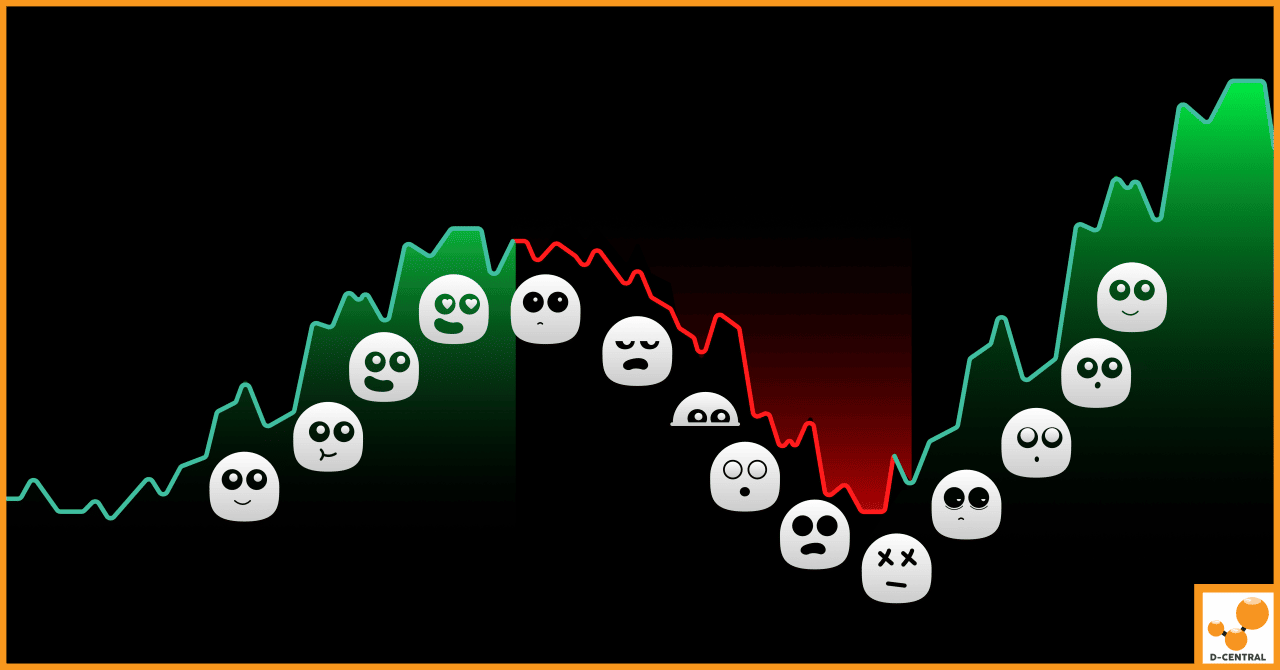
Resolve Issues Connecting to the Miner and Finding its IP Address
In the intricate world of Bitcoin mining, the stability of network connectivity is not just a convenience—it’s a cornerstone of
4479 Desserte Nord Autoroute 440, Laval, QC H7P 6E2

In the ever-evolving landscape of digital finance, Bitcoin has emerged as a cornerstone, redefining the essence of what we perceive as money and investment. Born from the cypherpunk movement with a vision to decentralize financial power, Bitcoin has transcended its initial ideological roots to become a formidable digital asset that captivates investors, technologists, and financial analysts alike. Its unique properties, such as a fixed supply cap of 21 million coins, decentralized nature, and global accessibility, have positioned Bitcoin not just as a digital currency but as a new class of asset that offers a hedge against inflation and a potential for significant capital appreciation.
However, the journey of Bitcoin as an investment vehicle is marked by its notorious volatility. Price swings in the realm of Bitcoin are both a lure for speculative traders and a cautionary tale for those seeking stable returns. It’s within this context of high risk and high reward that Dollar-Cost Averaging (DCA) emerges as a beacon of strategy for the prudent investor. DCA, a method long celebrated in traditional stock markets, involves investing a fixed amount of money at regular intervals, regardless of the asset’s price at any given time. This disciplined approach allows investors to build their Bitcoin holdings over time while mitigating the impact of short-term price volatility.
The essence of this article is to delve into the mechanics of DCA within the Bitcoin market, elucidating how this strategy not only tempers the risk associated with Bitcoin’s price fluctuations but also potentially enhances investment outcomes over the long term. By systematically investing in Bitcoin through the highs and lows, investors can average their purchase price, potentially leading to more favorable long-term results compared to attempting to time the market. As we explore the nuances of Dollar-Cost Averaging in the context of Bitcoin, we aim to provide a comprehensive guide that empowers investors to navigate the turbulent waters of cryptocurrency investment with confidence and strategic acumen.
Dollar-Cost Averaging (DCA) is an investment strategy characterized by the periodic purchase of a fixed dollar amount of a particular asset, regardless of its current price. In the context of Bitcoin, this translates to allocating a specific sum of money towards buying Bitcoin at regular intervals, such as weekly or monthly. This method contrasts sharply with attempting to time the market, where investors aim to buy low and sell high, a feat notoriously difficult to achieve consistently, especially in the volatile cryptocurrency markets.
The concept of DCA is not new and has its roots deeply embedded in traditional financial markets. Historically, it has been a favored strategy for long-term investors looking to build wealth gradually without the stress of market timing. The advent of Bitcoin and other cryptocurrencies presented a new, albeit more volatile, avenue for applying DCA. The digital asset’s price swings can be extreme, making DCA an appealing strategy for those looking to invest in Bitcoin without getting caught in the anxiety-inducing highs and lows. The transition of DCA into the cryptocurrency space signifies an interesting blend of traditional investment wisdom with the modern, digital age of finance.
Psychological Benefits:
Financial Benefits:
In essence, Dollar-Cost Averaging serves as a bridge connecting the traditional principles of investment with the innovative and dynamic realm of Bitcoin. It offers a structured path for individuals to participate in the potential growth of digital assets while cushioning the impact of their inherent volatility. Through DCA, investors can navigate the cryptocurrency market with a strategy that balances the psychological ease with financial prudence, making it an essential tool in the modern investor’s arsenal.
Bitcoin’s allure as a digital asset is undeniable, yet its market is characterized by extreme volatility. Prices can surge or plummet by double-digit percentages within days or even hours, driven by factors ranging from regulatory news to technological advancements and market sentiment. This volatility presents a significant challenge for investors attempting to time the market, as predicting short-term movements in Bitcoin’s price is notoriously difficult and fraught with risk.
Several anecdotal success stories highlight the effectiveness of DCA in the Bitcoin market:
These stories exemplify how DCA enables investors to capitalize on Bitcoin’s long-term growth potential without the need to predict short-term market movements accurately.
A comparative analysis of DCA versus lump-sum investment strategies in Bitcoin reveals distinct advantages for DCA, particularly in terms of risk management and potential returns:
DCA’s appeal in the context of Bitcoin investment lies in its simplicity, risk mitigation, and the potential for steady accumulation of wealth over time. By removing the need to predict the market’s short-term movements and reducing the emotional stress associated with investing in a highly volatile asset, DCA offers a pragmatic approach to building a Bitcoin portfolio, making it an ideal strategy for both novice and experienced investors alike.
Implementing a Dollar-Cost Averaging (DCA) strategy in Bitcoin can be a straightforward process if approached methodically. Here’s a step-by-step guide to help you set up and customize your DCA plan effectively:
Several tools and platforms have been designed with DCA and user security in mind:
To ensure your DCA strategy aligns with your personal financial goals and market conditions, consider the following adjustments:
Implementing a DCA strategy in Bitcoin doesn’t have to be complicated. By following these steps and making adjustments as needed, you can navigate the cryptocurrency market with a disciplined and goal-oriented approach. Remember, the key to successful DCA is consistency and a long-term perspective, allowing you to build your Bitcoin holdings gradually while mitigating the impact of volatility.
While Dollar-Cost Averaging (DCA) is fundamentally a straightforward and systematic investment approach, incorporating more advanced strategies and considerations can optimize its effectiveness, especially for more experienced investors. Here are some advanced tactics and important factors to keep in mind:
By integrating these advanced strategies and considerations into your DCA approach, you can not only optimize your Bitcoin investment strategy but also navigate the complexities of the cryptocurrency market with greater confidence and efficiency. Remember, the goal of DCA is to build wealth over time while managing risk, and these advanced tactics can help you achieve just that, all while staying informed and compliant with tax regulations.
Integrating a Dollar-Cost Averaging (DCA) strategy for Bitcoin into a broader investment portfolio requires a thoughtful approach to diversification and risk management. As Bitcoin continues to establish itself as a legitimate asset class, its inclusion in investment portfolios is becoming increasingly common. Here’s how DCA can fit into the larger picture of your investment strategy:
Incorporating a Bitcoin DCA strategy into a diversified investment portfolio offers a disciplined approach to participating in the potential growth of digital assets while managing risk through diversification. As the landscape of cryptocurrency continues to evolve, staying informed and adaptable will be key to leveraging Bitcoin DCA effectively within your broader investment strategy.
Dollar-Cost Averaging (DCA) in Bitcoin, like any investment strategy, comes with its own set of misconceptions and challenges. Understanding these can help investors navigate the complexities of the cryptocurrency market more effectively. Here, we address some prevalent myths and outline strategies to maintain discipline and avoid pitfalls.
By debunking common myths and addressing the challenges associated with DCA in Bitcoin, investors can adopt a more informed and disciplined approach to their cryptocurrency investments. Remember, the key to successful DCA is consistency, a long-term perspective, and an understanding of the broader market dynamics at play.
In navigating the dynamic and often turbulent waters of the Bitcoin market, Dollar-Cost Averaging (DCA) emerges as a beacon of strategy for both novice and seasoned investors. By systematically investing a fixed amount into Bitcoin at regular intervals, DCA offers a pragmatic approach to cryptocurrency investment that mitigates the risks associated with market volatility and timing.
The core advantage of DCA lies in its simplicity and its power to average out the purchase price of Bitcoin over time, potentially leading to more favorable long-term outcomes. This strategy not only reduces the emotional stress associated with trying to time the market but also instills a disciplined investment habit that can contribute to wealth accumulation in the long run.
However, it’s crucial to approach DCA with a clear understanding of its limitations and the broader market context. While DCA can smooth out price volatility, it does not guarantee profits and should be viewed as part of a diversified investment strategy. Regular portfolio reviews and adjustments are essential to ensure that your Bitcoin investment aligns with your overall financial goals and risk tolerance.
We encourage investors to consider DCA as a valuable tool in their investment arsenal, particularly for those looking to participate in the Bitcoin market without the constant worry of market fluctuations. By adopting a consistent and methodical approach to investing in Bitcoin, you can navigate the cryptocurrency landscape with greater confidence and clarity.
It’s important to emphasize that this content is provided for educational purposes only and should not be construed as financial advice. The world of Bitcoin and cryptocurrency investment is ever-evolving, and staying informed through continuous learning is key to making sound investment decisions. We advocate for an informed and disciplined approach to investment strategies, where decisions are made based on thorough research and a deep understanding of market dynamics.
In conclusion, Dollar-Cost Averaging in Bitcoin offers a strategic pathway to explore the potential of cryptocurrency investment while managing risk. As with any investment strategy, success lies in a balanced approach, informed decision-making, and the discipline to stay the course towards achieving your financial objectives.
What is Dollar-Cost Averaging (DCA)?
Dollar-Cost Averaging (DCA) is an investment strategy where a fixed dollar amount of a particular asset, like Bitcoin, is purchased at regular intervals, regardless of its price at those times. This approach aims to mitigate the impact of volatility on the overall purchase.
How does DCA benefit Bitcoin investors?
DCA benefits Bitcoin investors by reducing the stress of trying to time the market, mitigating timing risk, and potentially lowering the average cost per Bitcoin purchased over time. This strategy can lead to more stable and consistent returns compared to attempting to time market peaks and troughs.
Can DCA guarantee profits in Bitcoin investment?
No, DCA does not guarantee profits. The success of a DCA strategy depends on the overall performance of the Bitcoin market and its long-term price trend. While it mitigates some risks associated with price volatility, it cannot ensure profit.
Is DCA suitable only during bear markets?
DCA is suitable for both bear and bull markets. It is a long-term investment strategy that benefits from the averaging effect over time, regardless of the market’s current condition.
What are the common challenges with implementing a DCA strategy in Bitcoin?
Common challenges include maintaining consistency in investments, avoiding emotional decision-making during high volatility, ensuring proper diversification and risk management, and managing tax implications of buying and selling Bitcoin.
How can investors overcome challenges associated with DCA in Bitcoin?
Investors can overcome these challenges by setting up automatic purchases, focusing on long-term goals, regularly reviewing and rebalancing their investment portfolio, and keeping precise records for tax purposes.
What should investors consider when incorporating Bitcoin DCA into a broader investment portfolio?
When incorporating Bitcoin DCA, investors should consider their risk tolerance, asset allocation, and the need for portfolio diversification. Regular portfolio reviews and adjustments can ensure Bitcoin investments complement the overall investment strategy and risk profile.
DISCLAIMER: D-Central Technologies and its associated content, including this blog, do not serve as financial advisors or official investment advisors. The insights and opinions shared here or by any guests featured in our content are provided purely for informational and educational purposes. Such communications should not be interpreted as financial, investment, legal, tax, or any form of specific advice. We are committed to advancing the knowledge and understanding of Bitcoin and its potential impact on society. However, we urge our community to proceed with caution and informed judgment in all related endeavors.
Related Posts

In the intricate world of Bitcoin mining, the stability of network connectivity is not just a convenience—it’s a cornerstone of

In the world of cryptocurrency mining, every advantage counts. The APW3 Side Holder is a game-changing accessory that can transform

Bitcoin mining stands as a cornerstone of the cryptocurrency ecosystem, a process that not only introduces new bitcoins into circulation